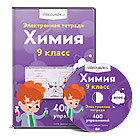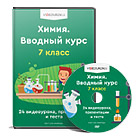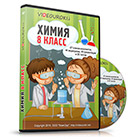TO LEARN TYPES, SUPPORTS AND EXAMPLES FOR magnesium and calcium
Создайте Ваш сайт учителя Видеоуроки Олимпиады Вебинары для учителей
Magnesium and calcium lesson plan
Вы уже знаете о суперспособностях современного учителя?
Тратить минимум сил на подготовку и проведение уроков.
Быстро и объективно проверять знания учащихся.
Сделать изучение нового материала максимально понятным.
Избавить себя от подбора заданий и их проверки после уроков.
Наладить дисциплину на своих уроках.
Получить возможность работать творчески.
Просмотр содержимого документа
«Magnesium and calcium lesson plan»
Полезное для учителя
Распродажа видеоуроков!
1660 руб.
2760 руб.
1700 руб.
2840 руб.
1520 руб.
2530 руб.
1660 руб.
2760 руб.
ПОЛУЧИТЕ СВИДЕТЕЛЬСТВО МГНОВЕННО
* Свидетельство о публикации выдается БЕСПЛАТНО, СРАЗУ же после добавления Вами Вашей работы на сайт
Удобный поиск материалов для учителей
Проверка свидетельства

 CaO
CaO














